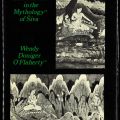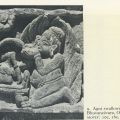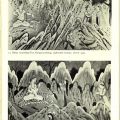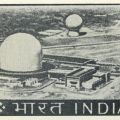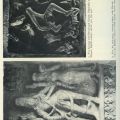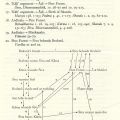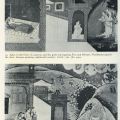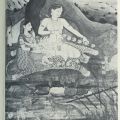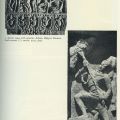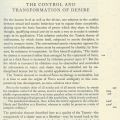Some Peek in the Stacks blog posts are authored by CSUN students who work in Special Collections & Archives. This week's post was written by Balasubramanya Ganesh Tumuluri. Ganesh is an graduate student studying Mechanical Engineering.
Asceticism & Eroticism in the Mythology of Siva was written by American Indologist and scholar of Sanskrit and Indian textual traditions,  Wendy Doniger O’Flaherty. O’Flaherty is the Mircea Eliade Professor of the History of Religions in the Divinity School and a professor in the Department of South Asian Languages and Civilizations and the Committee on Social Thought at the University of Chicago. When this book was published, she was a Lecturer in the ancient history of South Asia at the School of Oriental and African studies at the University of London. It was printed in London and New York by Oxford University Press.
Wendy Doniger O’Flaherty. O’Flaherty is the Mircea Eliade Professor of the History of Religions in the Divinity School and a professor in the Department of South Asian Languages and Civilizations and the Committee on Social Thought at the University of Chicago. When this book was published, she was a Lecturer in the ancient history of South Asia at the School of Oriental and African studies at the University of London. It was printed in London and New York by Oxford University Press.
This book is available in the main stacks of the University Library, and in Special Collections and Archives where it is part of the Vern and Bonnie Bullough Collection on Sex and Gender. Established by former CSUN faculty member Vern Bullough, the collection's purpose is to document social attitudes and studies of sex and gender from ancient times to the present. A later edition of the book, published under an updated title, is also available as an eBook.
In this book, O’Flaherty applies structural methods to trace the development of an Indian approach to navigating the conflict between spiritual aspirations and human desires by examining several Hindu myths featuring the god Shiva. In the myths that she analyses Shiva encounters and confronts two themes that are seemingly contradictory, especially to those from other cultures: asceticism and eroticism. In the introduction, O'Flaherty makes a point of clearly delineating the contradiction as she explains Shiva, generally considered to be "the great ascetic," is simultaneously "the god of the phallus."
As O'Flaherty examines each successive myth she has identified in the Puranas, she sees each story as providing a logical model through which ordinary people can strive to overcome the seeming contradiction at the heart of Shiva's nature. She argues the myths' seemingly contradictory presentation of Shiva is meant to help Hindus become aware of the struggle they need to take up to uphold their dharma, their religious or moral duty, accordingly with their karmas, their actions and deeds.
O'Flaherty identifies numerous myths about Shiva that engage with myriad themes and ideas, including different sexual orientations demonstrated by Shiva and his Vedic antecedents, Shiva's role as the sexual creator in opposition to Bhrama's role as the Creator of the Universe, the importance of Shiva’s off-spring, Shiva testing the sages for their chastity and teaching them that spiritual meditation is the only way to overcome sexual desire, and the probable dangers that are caused due to extreme chastity. There are even references to ancient medical procedures that can be compared to the modern-day practice of surrogacy, as in one myth when Shiva's seed is dropped into the Ganges River, and impregnates the wives of seven sages who were bathing in it at the time.
O'Flaherty also examines different sexual forms of Shiva in various myths as both androgynous and intersexual. This orientation is commonly known as Shiva's Ardhanadheshwara avatar, which is often depicted as possessing physical characteristics that are half-male and half-female. Throughout the book, she examines interlinking aspects portrayed in several myths related to Shiva with a particular focus on the balance she sees between asceticism and eroticism in his identity and actions.




